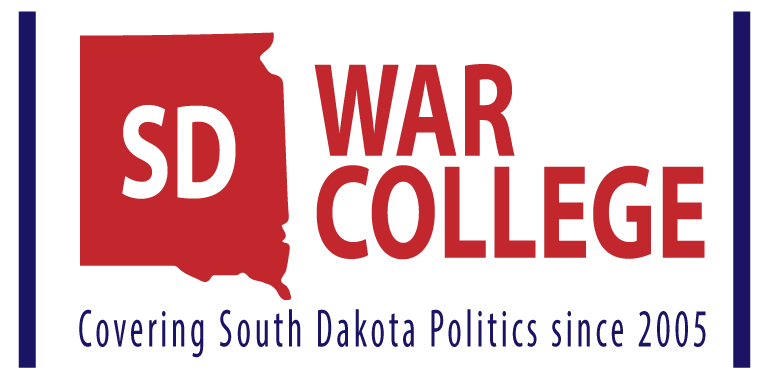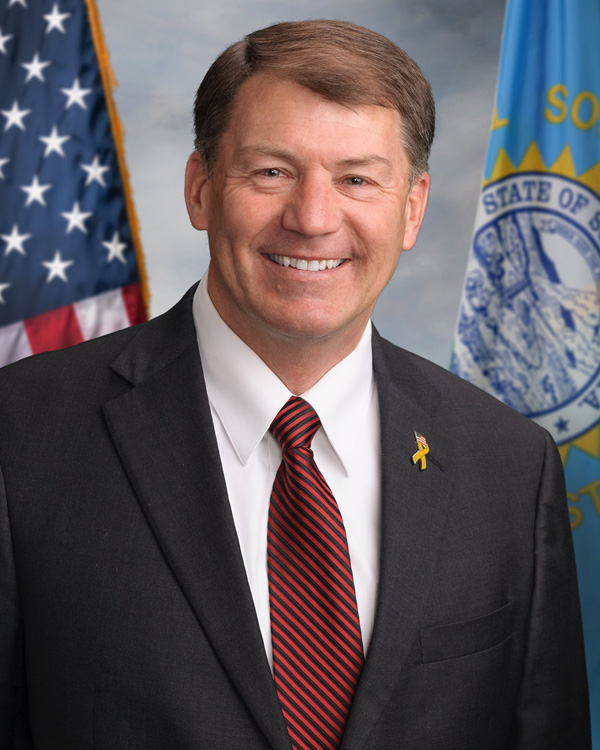New York Times gossipy article trying to whip up palace intrigue in South Dakota.
The New York Times has an article which has been mirrored over on Yahoo news about Governor Kristi Noem’s high profile as a result of her successful actions managing the COVID crisis, as well as the spectacular 4th of July event at Mt. Rushmore with the President.
What’s the national media to do with a Republican Governor who seems to be doing everything right and has a heightened profile? Write a gossip column:
Her efforts have paid off, as evidenced by the news-driving celebration at Mount Rushmore. Yet Noem’s attempts to raise her profile have not been without complications. And they illustrate the risks in political maneuvering with a president who has little restraint when it comes to confidentiality, and a White House that shares his obsession about, and antenna for, palace intrigue.
and..
It was her star turn at Mount Rushmore, though, that has gotten Republicans talking and been a boon to South Dakota tourism, the state’s second-largest industry.
Recognizing the president’s immense interest in the monument, Noem worked with his Interior Department to ensure there would be fireworks for the celebration, a long-standing priority for Trump. There had been no fireworks there for the previous decade because of environmental and fire-risk concerns.
In the weeks leading up to the event, Noem went on Laura Ingraham’s show on Fox News to make clear she was expecting to “have a large event” for the president and would not require social distancing or masks.
Then, as the president sat watching her remarks in a bunting-wrapped box just offstage, she praised America as a place where someone who was “just a farm kid” could become “the first female governor of South Dakota.”
When did the New York Times become US Magazine? There’s lots of unattributed gossip trying to make it seem like Governor Noem is jockeying for position, when it’s a lot of silly talk. If Kristi wanted to be in Washington, she would have ran for Congress again. But she didn’t, no matter how many people are whispering.
The Governor is doing her job managing the state and doing what she can to promote South Dakota in this weird COVID time. Due to our sparse population, we’re uniquely positioned for tourism and business. I can’t imagine any Governor not doing what they can to leverage any advantage we have to our state’s benefit. Good for Kristi being recognized and raising our state’s profile. We’ll take that.
As for the hyperventilating media, maybe they should go stalk a Kardashian or something.










